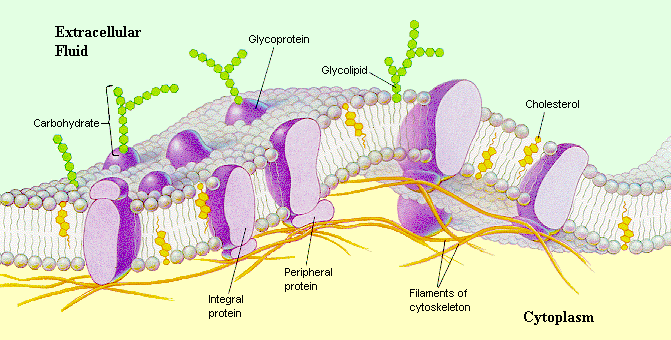|
The multiple Mechanisms of Type 2 Diabetes.
Ongoing research suggests that careful attention to all of the mechanisms involved in glucose homeostasis may lead to new insights and novel interventions in the treatment of type 2 diabetes.
Blood glucose levels are affected by a number of key organs that regulate the entry and removal of glucose from the blood: the intestine, liver, pancreas, skeletal muscle, brain, adipose tissue, and the kidneys.
After a meal, the intestine absorbs glucose by the sodium-glucose transporter 1, known as SGLT1 and delivers it to the blood.
In response to glucose absorption, the intestine secretes two major incretin hormones, glucagon like peptide GLP1, and glucose dependent insulinotropic polypeptide GIP which together with increased levels of glucose augment the secretion of insulin from the beta cells of the pancreas.
GLP1 also suppresses the secretion of glucagon from the alpha cells of the pancreas.
The glucoregulatory effects of incretins are limited by the activity of the dipeptidyl peptidase 4, DPP-4 enzyme, which rapidly degrades the GIP and GLP1 incretin hormones.
In skeletal muscle and adipose tissue, insulin stimulates glucose uptake into the cells.
In the fasting state, the liver helps maintain normal glucose levels by hepatic gluconeogenesis and glycogenolysis which result in the release of glucose into the blood.
Insulin also suppresses hepatic gluconeogenesis while increasing peripheral glucose uptake which prevents abnormal rise in postprandial blood glucose levels.
Renal glucose reabsorptioin mediated by the sodium-glucose transporter 2 or SGLT2 is the primary mechanism by which filtered glucose is actively returned to the blood and retained in the body.
SGLT2 actively reabsorbs about 90 % of all filtered glucose in the S1 segment of the proximal tubule.
SGLT2 is believed to be expressed almost exclusively in the kidneys.
SGLT1 reabsorbs the remaining filtered glucose.
Dysregulation of glucose balance resulting in hyperglycemia is a hallmark of diabetes.
Increased visceral adiposity in particular has been shown to contribute to the development of insulin resistance in the liver, skeletal muscle, and adipose tissue.
Insulin resistance in these tissues results in a compensatory increase in the amount of insulin secreted by the beta cells of the pancreas.
Overtime, the beta cells may fail to produce enough insulin to meet the demand created by insulin resistance.
This failure may also be worsened by glucotoxicity, the deleterious effect of elevated glucose on beta cell function and its contribution to insulin resistance.
Inability of the pancreas to secrete adequate amounts of insulin results in hyperglycemia which contributes to the impairment, an eventual failure of the endocrine system’s ability to lower blood glucose.
In type 2 diabetes, the normal incretin response is lost or substantially impaired.
However, the DPP-4 enzyme performs its usual function despite fewer incretins to degrade.
All of these hormonal effects lead to reduced insulin secretion, reduced glucose uptake, increased glucagon secretion, and excessive hepatic glucose production.
In the diabetic state, the kidneys continue to reabsorb virtually all filtered glucose despite the presence of hyperglycemia.
Complete reabsorption of filtered glucose persists until plasma glucose concentrations exceed 200 milligrams per deciliter.
At which point, glucose load in the filtrate overwhelms the capacity of the transporters, the maximum transport rates attainable by SGLT2 and SGLT1, first allowing glucose to be cleared in the urine.
In type 2 diabetes, hyperglycemia is a net result of the pancreatic hormone imbalance, absorption of dietary glucose from the intestine, overproduction of glucose by the liver, diminished incretin effects, reduced uptake of glucose by peripheral tissues and reabsorption of glucose by the kidney.
Overtime, these facts can contribute to the sustained hyperglycemia that leads to glucotoxicity which worsens insulin resistance and contributes to beta cell dysfunction.
In this way, hyperglycemia appears to perpetuate a vicious cycle of deleterious effects that exacerbate type 2 diabetes.
|
|







